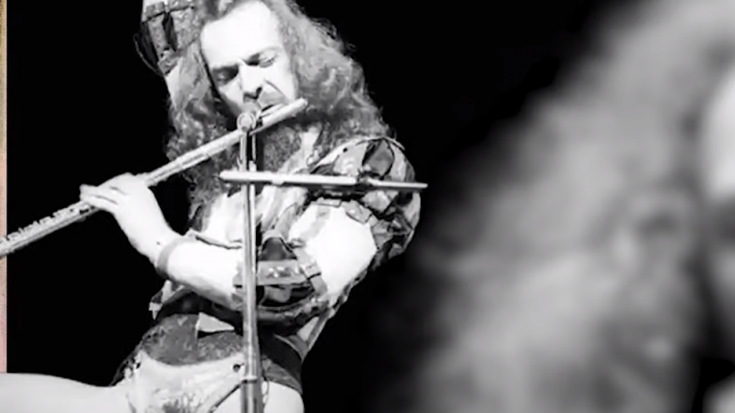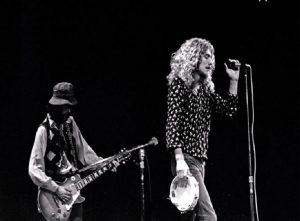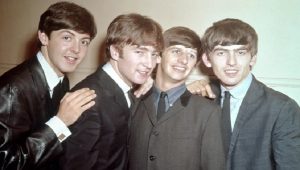The Real Story Behind ‘Aqualung’ By Jethro Tull

via Rock Music Revival / Youtube
A typical rock band consists of a singer, a bassist, a drummer, and occasionally a second guitarist. Some groups even feature a keyboardist. Yet when a special instrument is layered on top of them, without altering any of the original design, a remarkable disparity emerges. That is the case with Jethro Tull, a band that has been going strong since its 1968 inception thanks largely to the contributions of its founder, songwriter, and lead vocalist, Ian Anderson. Anderson is not just the band’s leader, but also a phenomenal flute player who laid it all on the line for Aqualung, the group’s magnum opus.
“Aqualung,” performed in the dramatic manner that is typical of Anderson, and with a riff for the platformer, serves as the opening track. The tempo of the music smoothly transitions between rapid and calm sections. In 1971, Aqualung was more than just the name of Jethro Tull’s fourth studio album or even the name of the first half of that album; it was the name of a rock hymn of high rank that shone brightly in its own right.
The testimony of Ian Anderson’s first wife, Jennie Franks, an art student at the time, is fascinating and illuminating in this sense. During the school year of 1971, Jennie photographed several homeless individuals from Victoria’s Salvation Army for a school assignment. As she did so, she was astonished to hear their stories of how they had gone from leading regular, productive lives to being forced to scavenge for food in parks. She struck up a friendship with a homeless guy and, once the show ended, offered to give him the images she had taken of herself, a proposal he received with skepticism. This is reflected in the album’s cover design.
You can check out some further details regarding Aqualung with Rock Music Revival’s video below.












